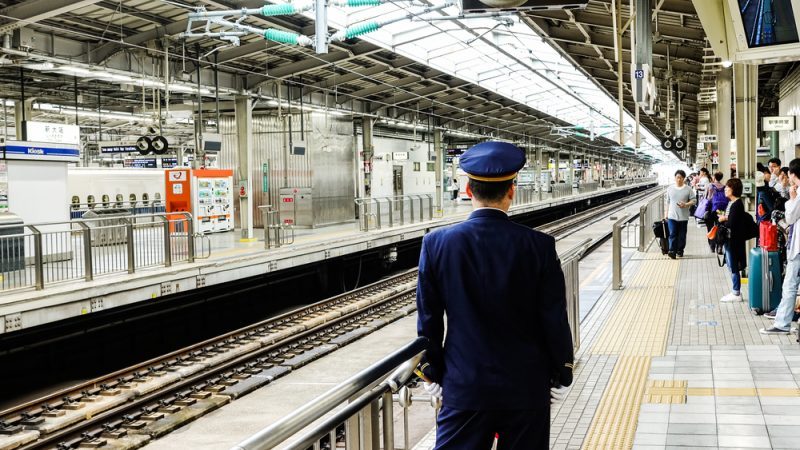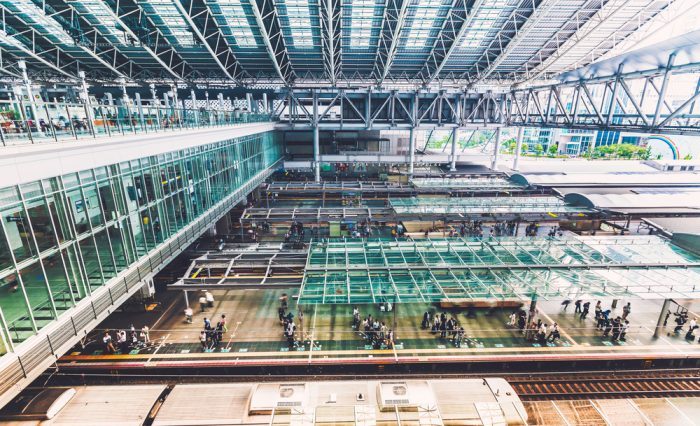Shinjuku is one of the 23 wards of Tokyo, and it is home to a large shopping and entertainment district surrounding Shinjuku Station. Shinjuku is the busiest rail station in the world, with more than two million passengers gracing its corridors each day.
Shinjuku is a station with a long history. It first opened in 1885 on what is now the Yamanote line. Additional lines brought an influx of commuter traffic, urging the city’s growth.





